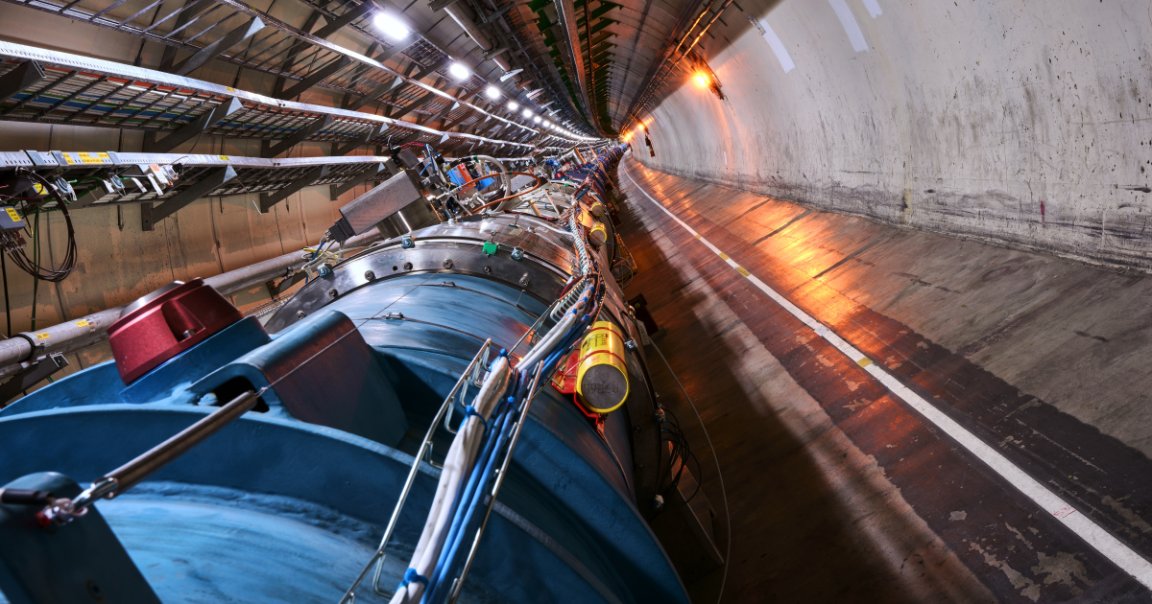
Eyes Peeled
When the Large Hadron Collider (LHC) turns back on and starts smashing particles again sometime in 2021, it may also point us in the direction of dark matter.
For years, scientists have been trying and failing to spot the invisible stuff that makes up the majority of matter in the universe. But now researchers have a new target: a comparatively heavy and long-lived particle that may be produced by the high-energy collisions at the LHC.
The particle is thought by some physicists to occasionally interact with dark matter — giving scientists a new lead toward spotting the elusive material.
Dangling Particle
Research published this month in Physical Review Letters describes how systems that have already been put in place at the LHC could detect these long-lived particles, which are named as such because they travel slower and last longer than other particles generated by LHC experiments.
The time difference is on the scale of nanoseconds, according to a University of Chicago press release — something that the LHC was already able to detect and will be even better at once upgrades are completed.
“If the particle is there, we just have to find a way to dig it out,” University of Chicago physicist LianTao Wang said in the press release. “Usually, the key is finding the question to ask.”
READ MORE: Scientists invent way to trap mysterious ‘dark world’ particle at Large Hadron Collider [University of Chicago newsroom via Phys.org]
More on dark matter: An Oxford Scientist May Have Solved the Mystery of Dark Matter